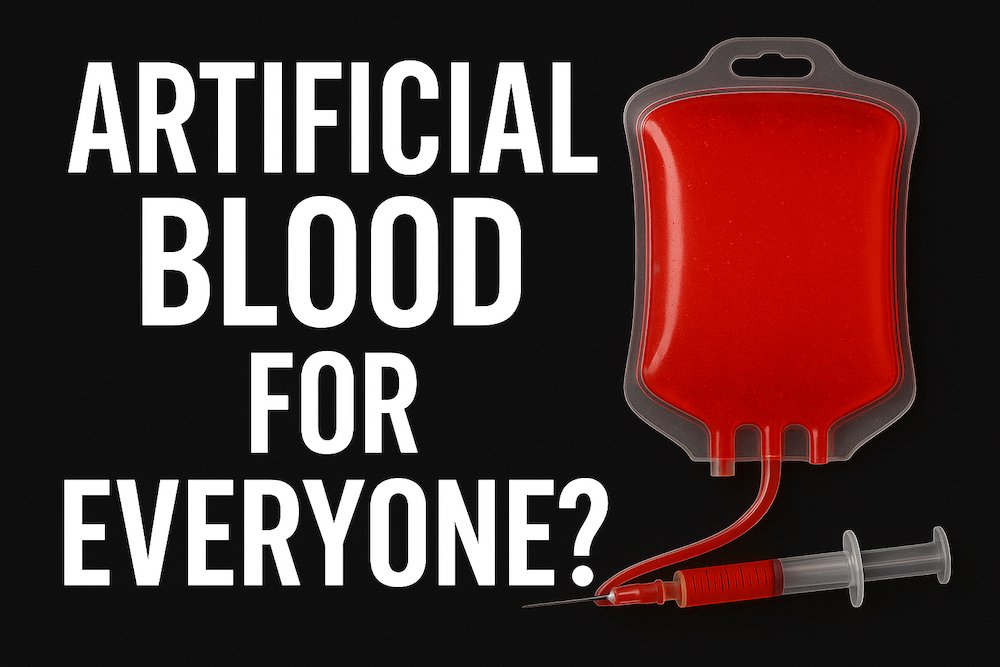Imagine a world where blood transfusions no longer require matching blood types. Where donated blood doesn’t expire after 42 days. And where you can carry emergency blood — in a backpack — for years without a fridge.
Japan may have just made that future a reality.
The Science Behind Artificial Blood
Japanese researchers have developed a groundbreaking synthetic blood substitute known as HbV (Hemoglobin Vesicles). This lab-made blood is designed to be universal, meaning it can be used for any blood type — A, B, AB, or O — without the risk of rejection.
How is that possible?
The hemoglobin is extracted from expired donated blood and encapsulated in a synthetic lipid membrane. This structure removes all blood-type antigens and ensures the substance is 100% virus-free.
Why It Matters
Traditional donated blood must be refrigerated and has a shelf life of about 42 days. But this new artificial blood can last:
-
2 years at room temperature
-
5 years under refrigeration
That’s a game-changer — especially for remote clinics, disaster relief efforts, or military zones where matching blood is hard to access.
Real Human Trials Are Already Underway
Japan began testing this universal blood in 2022, starting with healthy volunteers receiving small doses. By March 2025, test volumes had increased to 400 ml per person. So far, no significant side effects have been reported, and all vital signs remained stable.
The goal?
If results continue to be positive, this could be rolled out in medical systems around the world by 2030.
What Makes It Different From Past Attempts?
Previous blood substitutes often failed due to immune rejection or poor oxygen delivery. But Japan’s HbV manages to:
-
Mimic real red blood cells
-
Deliver oxygen effectively
-
Avoid triggering the immune system
It’s not just a replacement — it’s potentially a superior alternative.
A Lifeline in Emergencies
Picture this:
A car accident. No time to test blood types. No fridge. No donor nearby.
One pouch of this blood could save a life.
Or imagine a remote village where blood banks don’t exist. With this synthetic solution, even the most isolated areas could have lifesaving transfusions on standby.
Final Thoughts
We’re witnessing the early stages of a medical revolution — one where blood shortages, cold chain issues, and compatibility risks might soon be things of the past.
The question is no longer “Can we create artificial blood?”
It’s “Are we ready to use it?”
📺 Watch the YouTube Short:
👉 Artificial Blood for Everyone?
You might also be curious about… The Pacemaker That Disappears After It Saves You

Pingback: This Robot Has Real Human Skin — And It Heals Itself